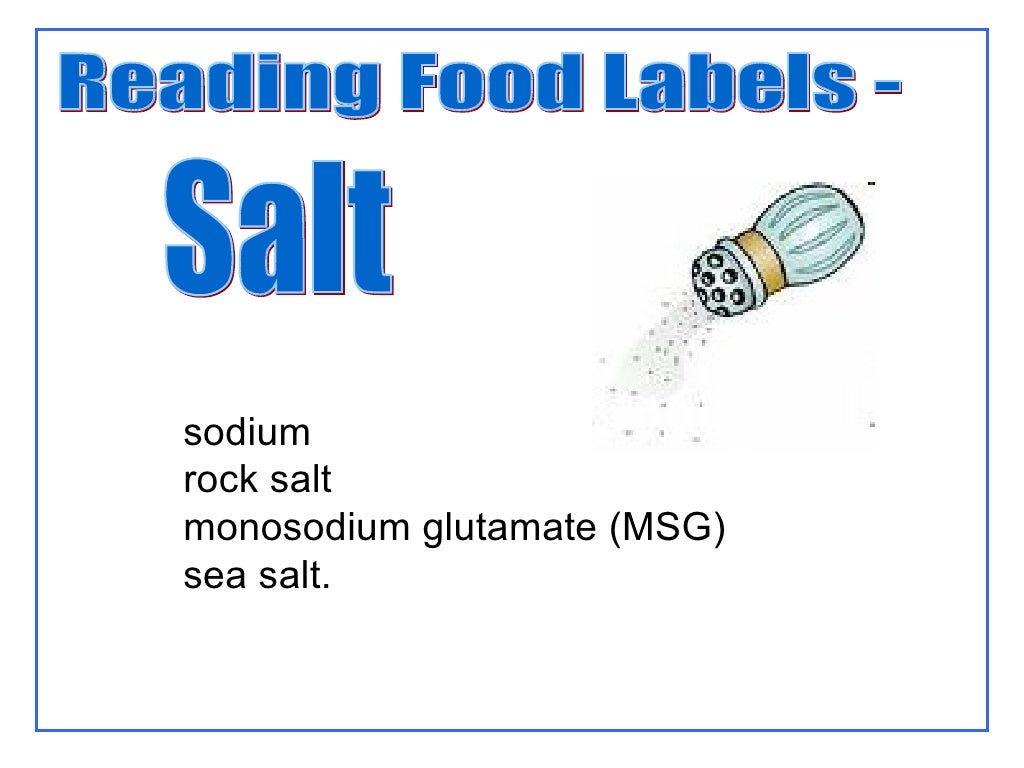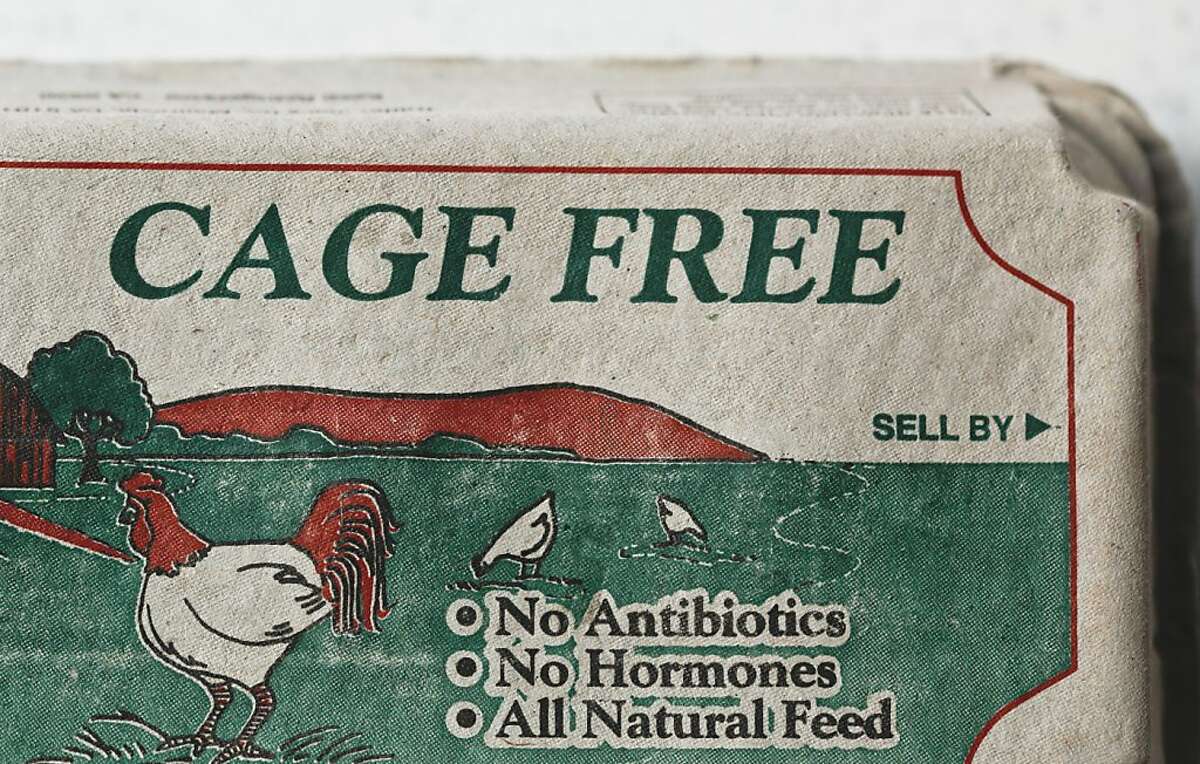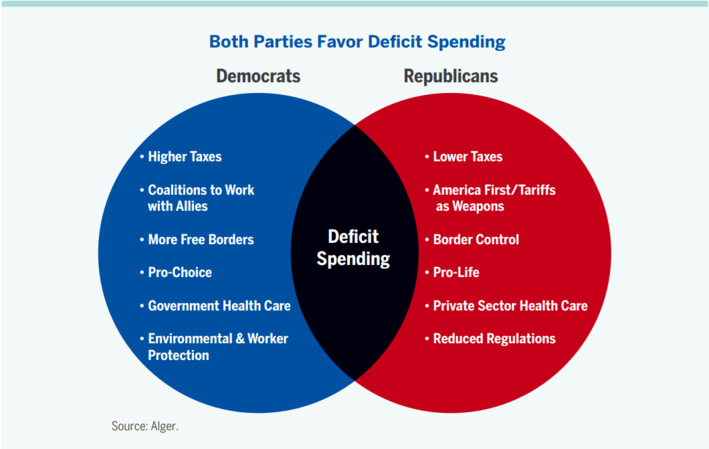42 understanding food labels uk
Labelling | Food Standards Agency Nutrition labelling It is mandatory for nutrition information to be declared on prepacked food. In Northern Ireland, the FSA is responsible for nutrition labelling. District Councils enforce these... Food as an asthma trigger | Asthma UK - Asthma + Lung UK Food allergies. Although a lot of food allergies start in childhood, you can develop them as an adult too. Some of the most common food allergens are gluten (from wheat and cereal products), shellfish, eggs, milk, tree nuts, peanuts, sesame seeds, and soya. Some food allergies, such as allergies to milk and eggs, are more common in children.
PDF Understanding of Food Labelling Terms - Food Standards Agency Understanding of Food Labelling Terms Used to Indicate the Absence or Reduction of Lactose, Milk or Dairy 7 their understanding was also hindered by a lack of clarity about the meaning of the...
Understanding food labels uk
Understanding Food Labels Guide | World Cancer Research Fund UK Our simple A5 guide makes it easy to understand nutrition labels on food and drink packaging. It also includes a handy credit card-sized mini-guide for you to use while out shopping. Our guide explains the terms used on food labels including serving size, nutrients, reference intakes and traffic light labels. Understanding Food Label Regulations - METTLER TOLEDO The role of vision inspection applications in label control programs; The release of the British Retail Consortium (BRC) Food Safety Issue 7 added a new section to their regulations specifically dealing with print and label quality. The EU's Food Information Law (or Regulation (EU) No 1169/2011) is still taking full effect. How to understand food labels | Eat For Health Sometimes labels will include nutrition content claims like 'low fat', 'reduced salt' or 'high fibre'. These claims can only be used if the food meets certain criteria. For example, with a 'good source of calcium' claim, the food must contain more than a set amount of calcium. While nutrition content claims can generally guide ...
Understanding food labels uk. Nutrition Seminars | UK Healthy Eating Seminars | Natural Alternative Informative, fun and interactive, our nutrition seminars can be delivered across the UK. Help your employees to a healthier lifestyle, call 0844 870 0741. Home; Services. Webinars; ... Understanding food labels. Learning Outcomes. In this webinar we explain how to interpret food labels allowing you to choose the right food to optimise your ... Understanding Food Nutrition Labels | American Heart Association Remember that the information shown in the label is based on a diet of 2,000 calories a day. You may need less or more than 2,000 calories depending upon your age, gender, activity level, and whether you're trying to lose, gain or maintain your weight. When the Nutrition Facts label says a food contains "0 g" of trans fat, but includes ... How to understand Nutrition food labels (EU/UK) — Gemma Sampson Salt (sodium) Salt free - less than 0.01g salt per 100g (0.005g sodium) Low salt - less than 0.3g salt per 100g (0.01g sodium) High salt - more than 1.5g salt per 100g (0.6g sodium) Hygiene and safety - Food A Fact Of Life Ask the pupils to complete the Food hygiene thinking map or the Food hygiene and safety worksheet to determine their understanding of food hygiene and safety. To consolidate knowledge, put the class into teams and ask the questions from the Food hygiene and safety questions pack. Use a timer to add an extra element of competition.
Understanding Food Labels Made Easy - Weight Loss Resources How to Read Food Labels. The Traffic Light Scheme. Provides a colour code for four main nutrients we should eat less of - fat, saturates, sugars and salt - based on traffic light colours. The colours are worked out by looking at the nutrient content per 100g of the food: green indicates a low content, amber a medium content and red a high ... Food labels - NHS Most pre-packed foods have a nutrition label on the back or side of the packaging. These labels include information on energy in kilojoules (kJ) and kilocalories (kcal), usually referred to as calories. They also include information on fat, saturates (saturated fat), carbohydrate, sugars, protein and salt. FREE! - Understanding Food Labeling PowerPoint - Twinkl Nutrition Labels Comparing two different food labels and deciding which is the healthier choice Nutrition facts labels have to include Here are the nutrition facts that labels absolutely have to list without fail: Total fat Saturated fat Trans fat Cholesterol Sodium Total carbohydrate Dietary fibre Sugars Protein Vitamin A Vitamin C Calcium Iron Understanding food labels - Blood Pressure UK The label will tell you how much energy (in kilocalories and kilojoules), fat, saturated fat (often written as saturates), carbohydrate, sugars, protein and salt is in the food. The amounts will be given per 100g or 100ml of the product, and sometimes by portion as well, so you can work out how much you're eating.
Food labels too complicated for most shoppers to understand - new research In the UK, the Food Standards Agency regulates the use of food ... but understanding the labels can feel difficult. ... Effective legislation for food labels is a challenge because it needs to ... Understanding food labels | Diabetes UK The labels show how many calories are in the food or drink and are also colour coded to show whether the food is low (green), medium (amber) or high (red) in fat, saturated fat, sugar and salt. The information on the front of the pack also tells you how the portion of the food contributes to the Reference Intake (RI) of an adult. Understanding Food Labels - YouTube In a tizz about food labels? Let Sophie and Paul explain how to decipher common food labelling to help you make healthier choices! Understanding Food Labels | Catherine And Peter | Skillshare 1. How To Read Food Labels Intro: This is the food label challenge. So here's the deal. I am challenging you for the next seven days to look at the ingredient list of every single thing that you're putting in your mouth. The whole purpose here is to build awareness so that you know what you're putting in your body.
How to read a nutrition label - The Food Medic The following information is also found on food labels (1): The name of the food The name & address of manufacturer The country of origin The overall quantity of the product (if this is above 5g or 5ml) Summary Reading food labels isn't in everyone's best interest.
Looking at labels - British Nutrition Foundation Food labels provide a lot of useful information about what foods and drinks contain, provided you know where to find the information you're looking for. The laws around food labelling in the UK have largely been retained from European Union (EU) legislation on the provision of food information to consumers.
How to Read Food Labels | Institute of Health Sciences Learning how to read food labels helps to keep a check on the amount of foods you're eating that are high in fat, salt and added sugars. Do you struggle to understand: Nutrition labels on the back or side of packaging Nutrition labels on the front of packaging Reference intake (RI) Red, amber and green colour-coding Ingredients list
How to Read Food Labels | Nutrition | Holland & Barrett High: more than 1.5g of salt per 100g (or 0.6g sodium) Low: 0.3g of salt or less per 100g (or 0.1g sodium) So for example, if you are trying to cut down on saturated fat, limit your consumption of foods that have more than 5g of saturated fat per 100g. The side/back of packet label may also give extra info on certain nutrients, such as fibre.
Understanding food labelling in Great Britain 2003-2017 | Statista This statistic shows a trend in British consumers who find it difficult to understand food labelling in Great Britain. The data is taken from surveys conducted biennially from 2003 to 2017, which...
10 tips for understanding food labels - Heart Matters magazine Here are 10 easy tips to help you read back-of-packet labelling: 1. Read the ingredients list Most pre-packaged foods have an ingredients list on the back of the packet. Everything that goes into your food will be listed in weight order from biggest to the smallest.
Understanding food labels - Livewell It's important to understand energy values on food labels. Many products will list the calories on the front of the pack, along with further key information such as fat (and saturated fat), sugar, and salt. Food labels will almost always display energy values in kilojoules ("KJ") and kilocalories ("kcal", usually referred to as "calories").
Understanding Food Labels | Ignite | Brother UK Currently labels typically include use-by date, origin of product, allergens, quantity, barcode, name of food, ingredients, nutritional value, name and address of the manufacturer, packer or seller, storage conditions and, if relevant, cooking instructions. Food label issues
Reading labels | Diabetes UK Key points. Always look at the 'total carbohydrate' on the label when carb counting. This will make sure you are counting both the complex (starchy) and simple (sugary) carbs in your food. Both will raise your blood glucose (blood sugar) levels, and need to be matched with insulin. In general, sugar-free options like diet drinks and jellies ...
Food labelling - get into the habit of checking the label Look for five key points on the label: 1. Energy The terms 'kJ' and 'kcal' (calories) tell you how much energy is in a product. Women need an average of 2,000 kcal a day and men need 2,500 kcal on average. 2. Saturates Saturates is another word for saturated fat. This section tells you about the amount of saturated fat in the product. 3. Salt
How to Understand food labels - Practical tips and advice - ClaireG PT Food Label Decoder Ingredients lists Most pre-packaged foods have an ingredients list on the back of the packet. Everything that goes into your food will be listed in weight order from biggest to the smallest. Hence, if the first products on the list are sugars or butter etc then these make up the largest proportion of the product.
Food labelling and packaging: Overview - GOV.UK To sell food and drink products, the label must be: clear and easy to read permanent easy to understand easily visible not misleading You must show certain basic information and list the...
Preventing Chronic Disease | Evaluation of Consumer Understanding of Different Front-of-Package ...
Understanding Food Labelling - Kellogg's Nutrition Healthcare Professionals Food labels contain a wealth of useful information for consumers, provided they understand what the information conveys and how it can help to build a healthy balanced diet.
How to understand food labels | Eat For Health Sometimes labels will include nutrition content claims like 'low fat', 'reduced salt' or 'high fibre'. These claims can only be used if the food meets certain criteria. For example, with a 'good source of calcium' claim, the food must contain more than a set amount of calcium. While nutrition content claims can generally guide ...
Understanding Food Label Regulations - METTLER TOLEDO The role of vision inspection applications in label control programs; The release of the British Retail Consortium (BRC) Food Safety Issue 7 added a new section to their regulations specifically dealing with print and label quality. The EU's Food Information Law (or Regulation (EU) No 1169/2011) is still taking full effect.
Understanding Food Labels Guide | World Cancer Research Fund UK Our simple A5 guide makes it easy to understand nutrition labels on food and drink packaging. It also includes a handy credit card-sized mini-guide for you to use while out shopping. Our guide explains the terms used on food labels including serving size, nutrients, reference intakes and traffic light labels.









Post a Comment for "42 understanding food labels uk"